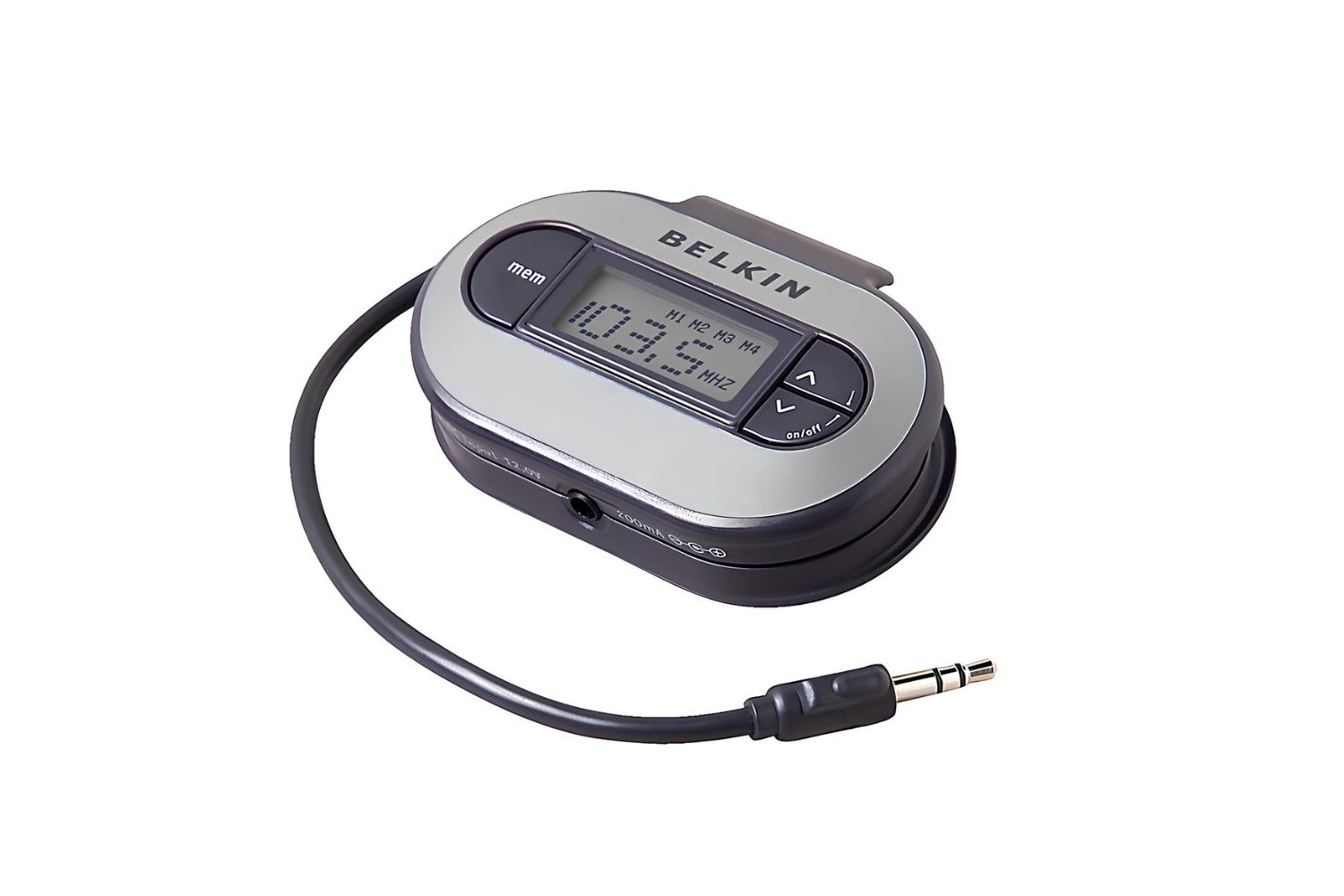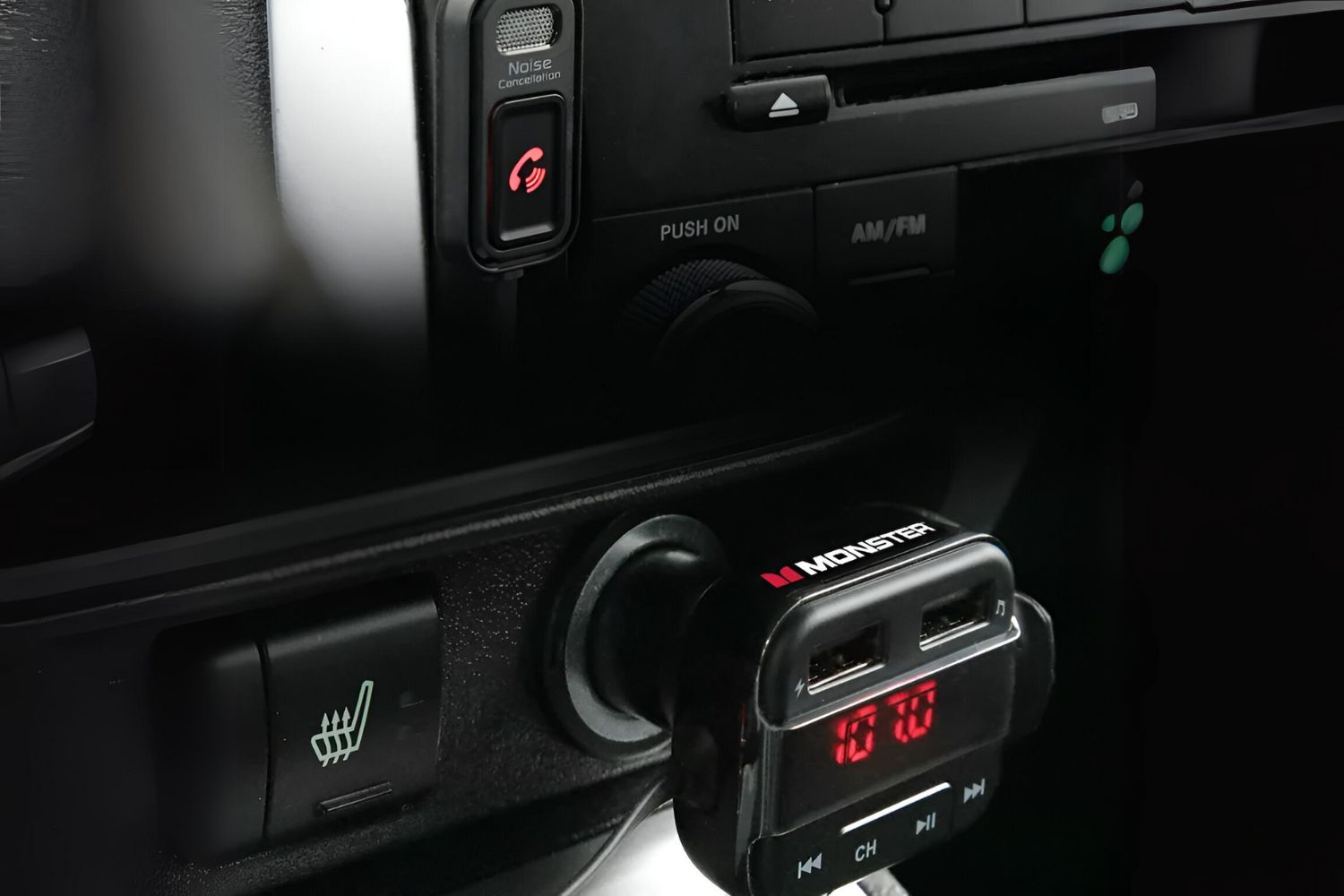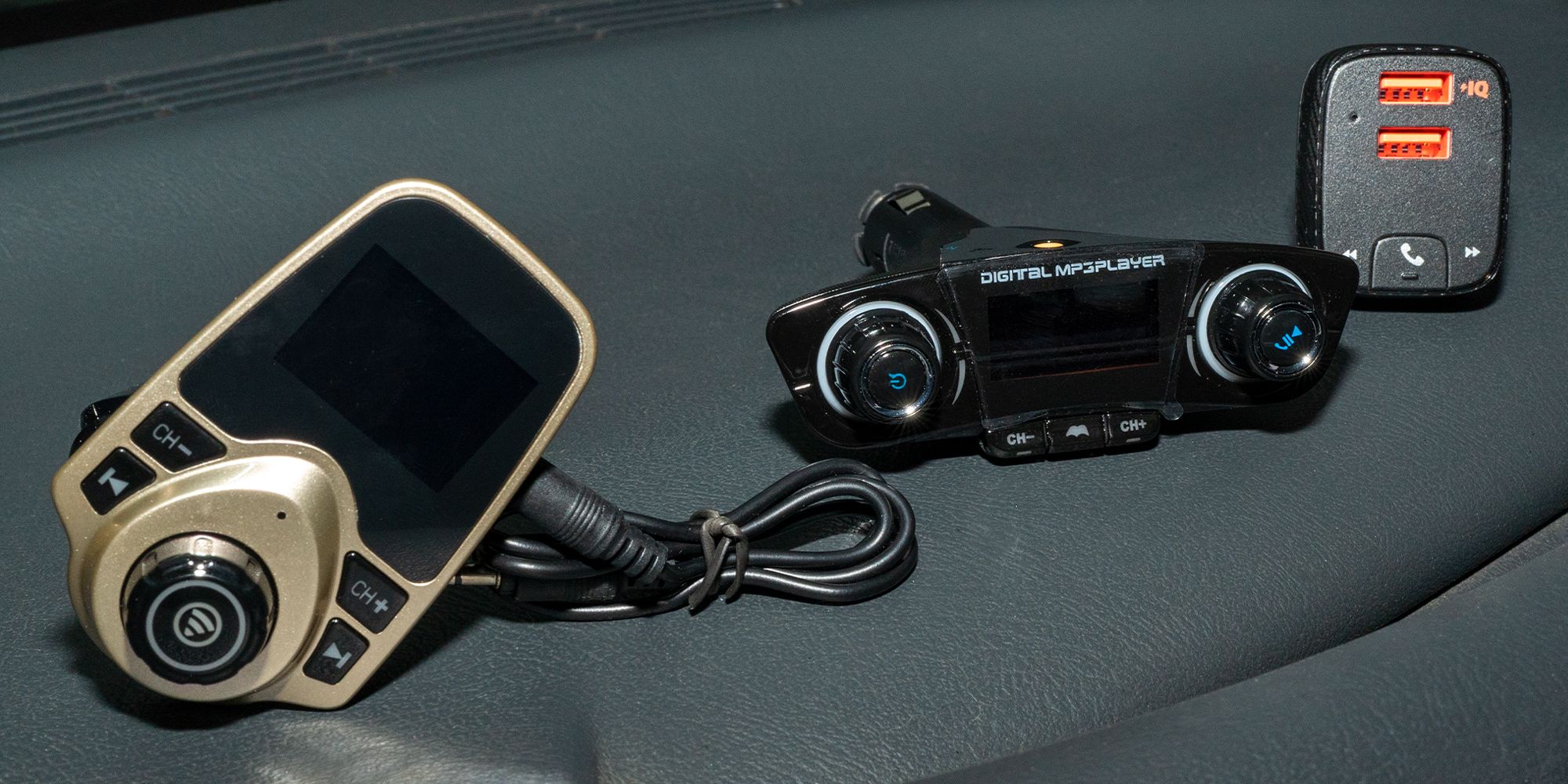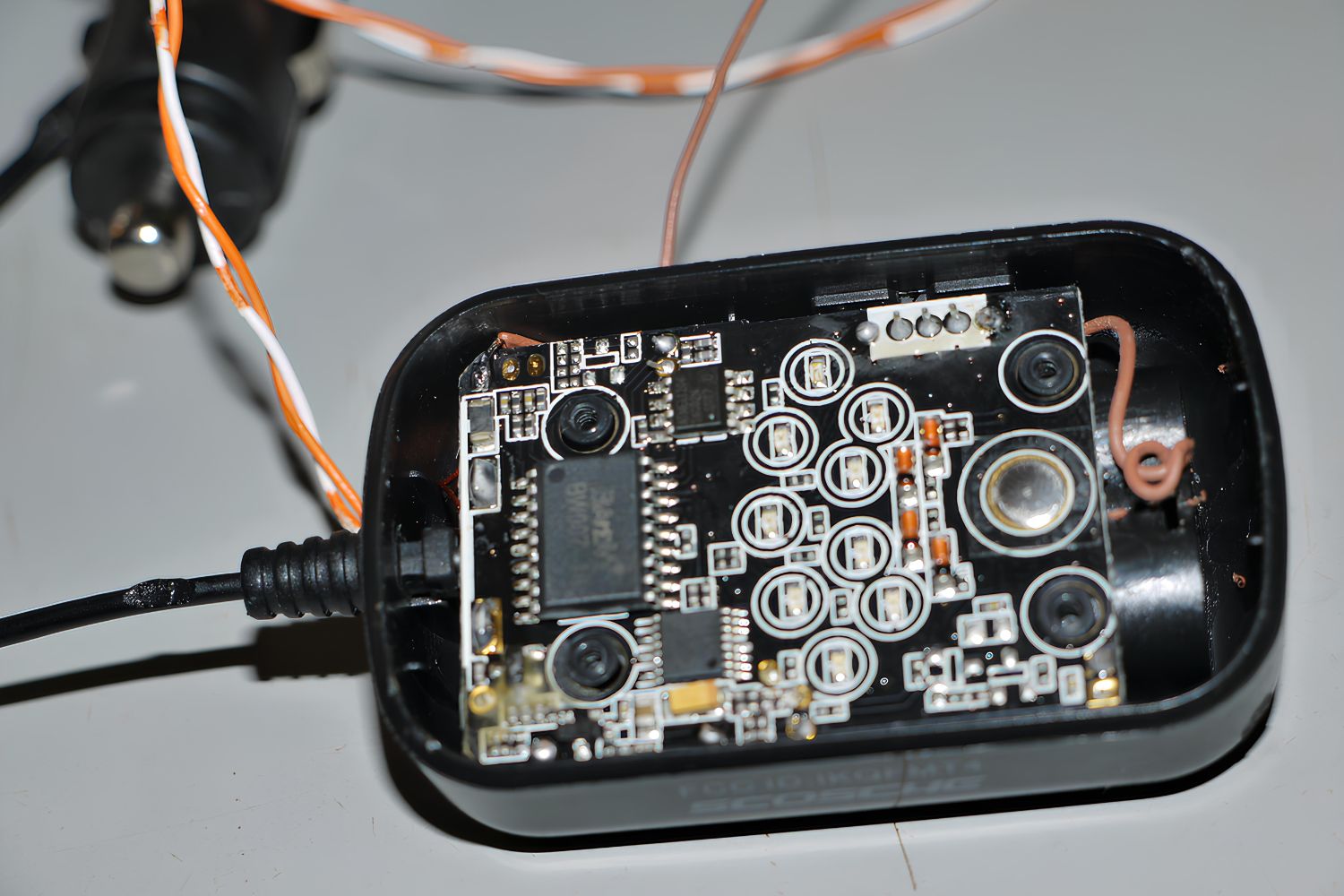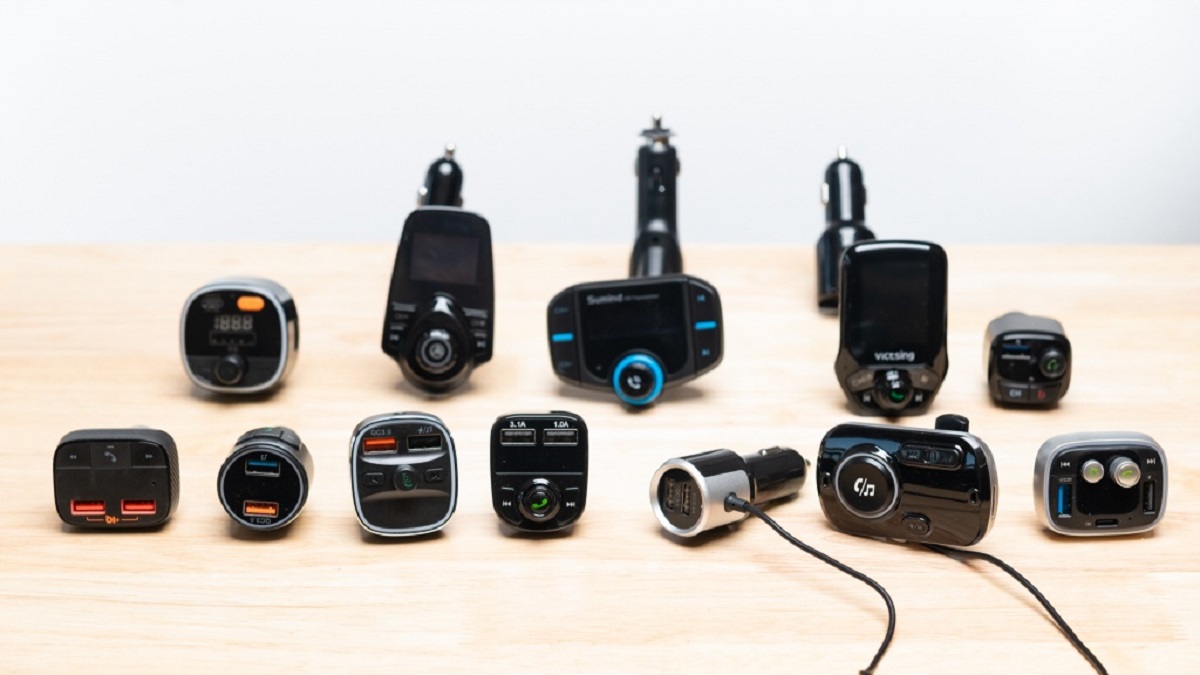Introduction
When it comes to enjoying your favorite tunes or staying updated with the latest news while driving or at home, a clear and uninterrupted FM transmission is essential. However, the presence of static can quickly turn a pleasant listening experience into a frustrating one. Whether it's crackling noises, interference, or inconsistent reception, static on FM transmitters can be a nuisance that disrupts the enjoyment of your favorite radio stations.
In this comprehensive guide, we will explore the common causes of static on FM transmitters and provide practical tips to help you eliminate this unwanted interference. By understanding the underlying factors contributing to static and implementing the suggested solutions, you can significantly enhance the quality of your FM transmission, ensuring a seamless and enjoyable listening experience.
Static on FM transmitters can stem from a variety of sources, ranging from environmental factors to technical issues with the equipment. By delving into the root causes and addressing them effectively, you can regain the crystal-clear sound quality that you deserve from your FM transmission. Let's embark on this journey to uncover the secrets of eliminating static on FM transmitters, empowering you to optimize your audio experience and bid farewell to disruptive interference.
Understanding the Causes of Static
Static on FM transmitters can be attributed to a multitude of factors, encompassing both environmental elements and technical issues. Understanding these causes is crucial in effectively addressing and eliminating the interference that disrupts the clarity of FM transmissions. Let's delve into the diverse sources of static on FM transmitters:
Environmental Interference
- Physical Obstructions: Natural and man-made obstructions such as mountains, tall buildings, and tunnels can impede the smooth transmission of FM signals, leading to static.
- Weather Conditions: Atmospheric disturbances, including lightning storms, heavy rainfall, and snow, can interfere with FM transmission, causing static and signal degradation.
- Electromagnetic Interference: Radio frequency interference from nearby electronic devices, power lines, or industrial equipment can disrupt FM signals, resulting in static and distortion.
Technical Challenges
- Antenna Issues: Malfunctioning or poorly positioned antennas can weaken FM signal reception, contributing to static and poor audio quality.
- Equipment Malfunction: Faulty components within the FM transmitter or receiver, such as damaged cables, connectors, or circuitry, can introduce static and disrupt the transmission.
- Frequency Interference: Overlapping frequencies from nearby radio stations or other electronic devices can cause interference, resulting in static and signal distortion on the FM transmitter.
Multipath Propagation
- Reflection and Refraction: In urban environments with tall buildings and structures, FM signals can bounce off surfaces, leading to multiple signal paths reaching the receiver at different times, causing interference and static.
By comprehensively understanding these diverse causes of static on FM transmitters, you can effectively diagnose and troubleshoot the issues that compromise the clarity of your audio transmission. Identifying the specific factors contributing to static is the first step towards implementing targeted solutions to eliminate interference and restore the pristine sound quality of your FM broadcasts.
Tips for Eliminating Static on FM Transmitters
Static on FM transmitters can be a persistent annoyance, but with the right strategies, you can significantly reduce or eliminate this interference, restoring clear and uninterrupted audio transmission. Here are practical tips to help you combat static on FM transmitters:
1. Optimize Antenna Placement
- Position the antenna in an elevated location to enhance signal reception and minimize interference from surrounding obstacles.
- Experiment with different antenna orientations to find the optimal position for capturing strong and clear FM signals.
2. Invest in a High-Quality Antenna
- Consider upgrading to a high-gain or directional antenna designed to capture FM signals more effectively, reducing the impact of environmental interference.
3. Address Electrical Interference
- Identify and relocate electronic devices or appliances that may be causing electromagnetic interference with the FM transmission.
- Utilize ferrite cores or shields on cables to suppress electromagnetic interference and improve signal integrity.
4. Verify Equipment Integrity
- Regularly inspect cables, connectors, and components within the FM transmitter setup to ensure they are functioning properly and free from damage.
- Replace worn-out or faulty equipment to prevent signal degradation and static.
5. Select an Optimal Frequency
- If possible, adjust the FM transmitter frequency to avoid overlapping with neighboring stations or conflicting electronic devices, minimizing frequency interference.
6. Minimize Multipath Propagation
- In urban environments, strategically position the antenna to reduce signal reflections and refractions caused by nearby structures, mitigating multipath interference.
7. Conduct a Site Survey
- Evaluate the surrounding environment for potential sources of interference, such as power lines, industrial equipment, or large metal structures, and take necessary measures to mitigate their impact on FM transmission.
8. Implement Signal Boosters
- Consider integrating signal amplifiers or boosters to enhance the strength and clarity of FM signals, especially in areas with weak reception or significant environmental obstacles.
9. Weatherproof the Antenna Setup
- Shield the antenna and associated components from adverse weather conditions using weatherproof enclosures or protective coatings to maintain consistent signal reception.
10. Seek Professional Assistance
- If persistent static issues persist despite troubleshooting efforts, enlist the expertise of professional technicians to conduct a comprehensive assessment and implement advanced solutions to eliminate static on FM transmitters.
By implementing these proactive measures, you can effectively combat static on FM transmitters, ensuring a seamless and high-quality audio transmission experience. Whether it involves optimizing antenna placement, addressing electromagnetic interference, or investing in advanced equipment, these tips empower you to overcome static and enjoy crystal-clear FM broadcasts.
Conclusion
In the realm of FM transmission, the presence of static can disrupt the harmony of audio broadcasts, leading to frustration and diminished listening pleasure. However, armed with a deeper understanding of the diverse causes of static on FM transmitters and a toolkit of effective strategies, you can reclaim the pristine sound quality that enhances your audio experience.
By recognizing the environmental and technical factors that contribute to static, you gain insight into the complex interplay between natural interference and equipment-related challenges. From physical obstructions and weather-induced disruptions to electromagnetic interference and multipath propagation, the sources of static are diverse and multifaceted. This comprehensive understanding serves as the cornerstone for implementing targeted solutions that address the specific issues affecting FM transmission clarity.
The practical tips for eliminating static on FM transmitters presented in this guide offer a roadmap for overcoming the challenges posed by interference. From optimizing antenna placement and investing in high-quality equipment to mitigating electromagnetic interference and minimizing multipath propagation, these strategies empower you to take proactive steps in enhancing the reliability and clarity of FM broadcasts.
Moreover, the journey to combat static on FM transmitters extends beyond individual efforts, encompassing the potential for professional assistance and advanced technical interventions. When persistent static issues persist despite diligent troubleshooting, seeking the expertise of professional technicians can provide invaluable insights and solutions to elevate the performance of FM transmission systems.
Ultimately, the quest to eliminate static on FM transmitters is a testament to the resilience and ingenuity of audio enthusiasts and professionals alike. By embracing the knowledge and strategies outlined in this guide, you embark on a transformative journey toward conquering static and embracing the pure, uninterrupted audio transmission that enriches your daily listening experiences.
As you navigate the dynamic landscape of FM transmission, may these insights and recommendations serve as beacons of guidance, empowering you to unlock the full potential of your audio broadcasts and revel in the clarity and richness of FM transmission, free from the disruptive influence of static.










